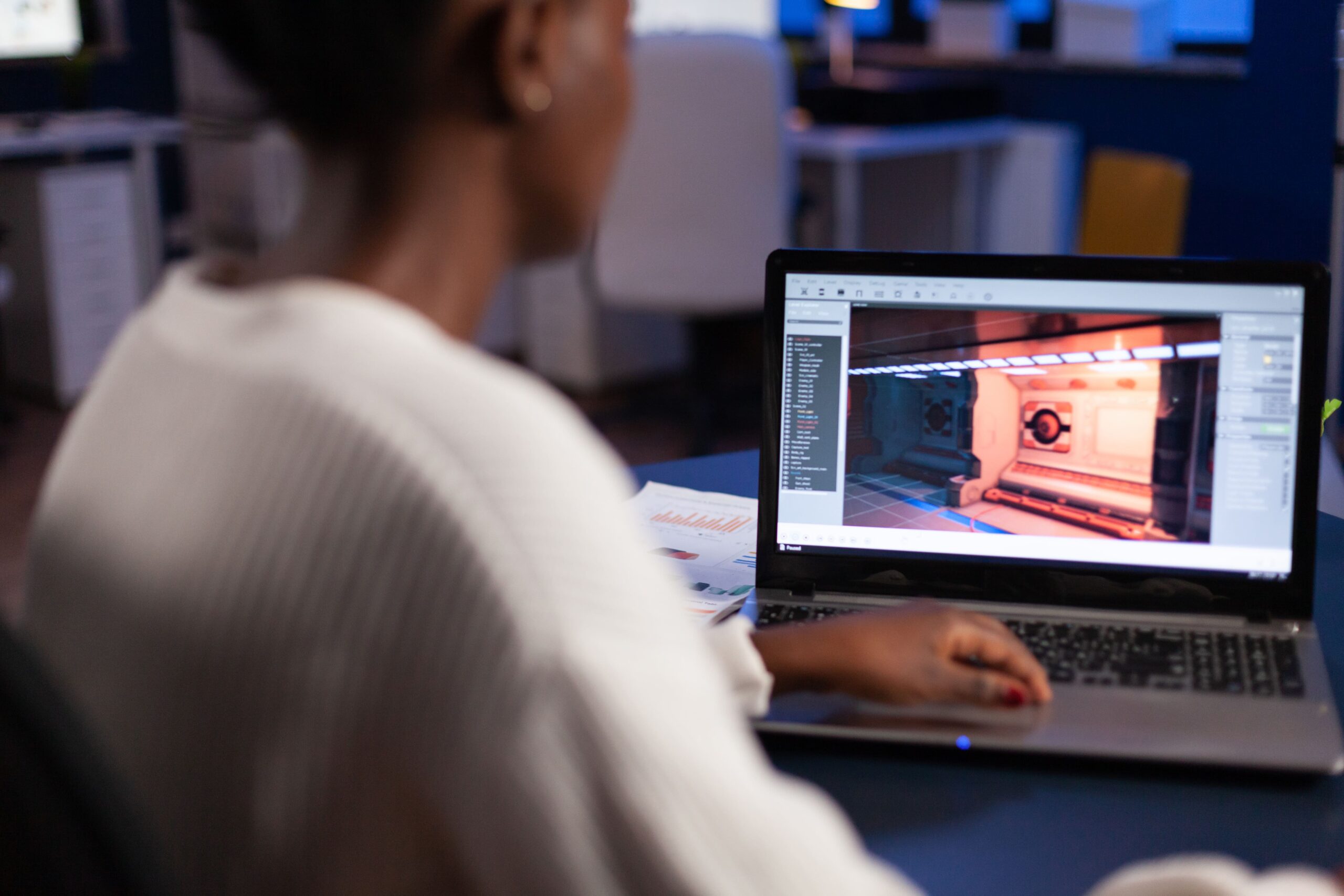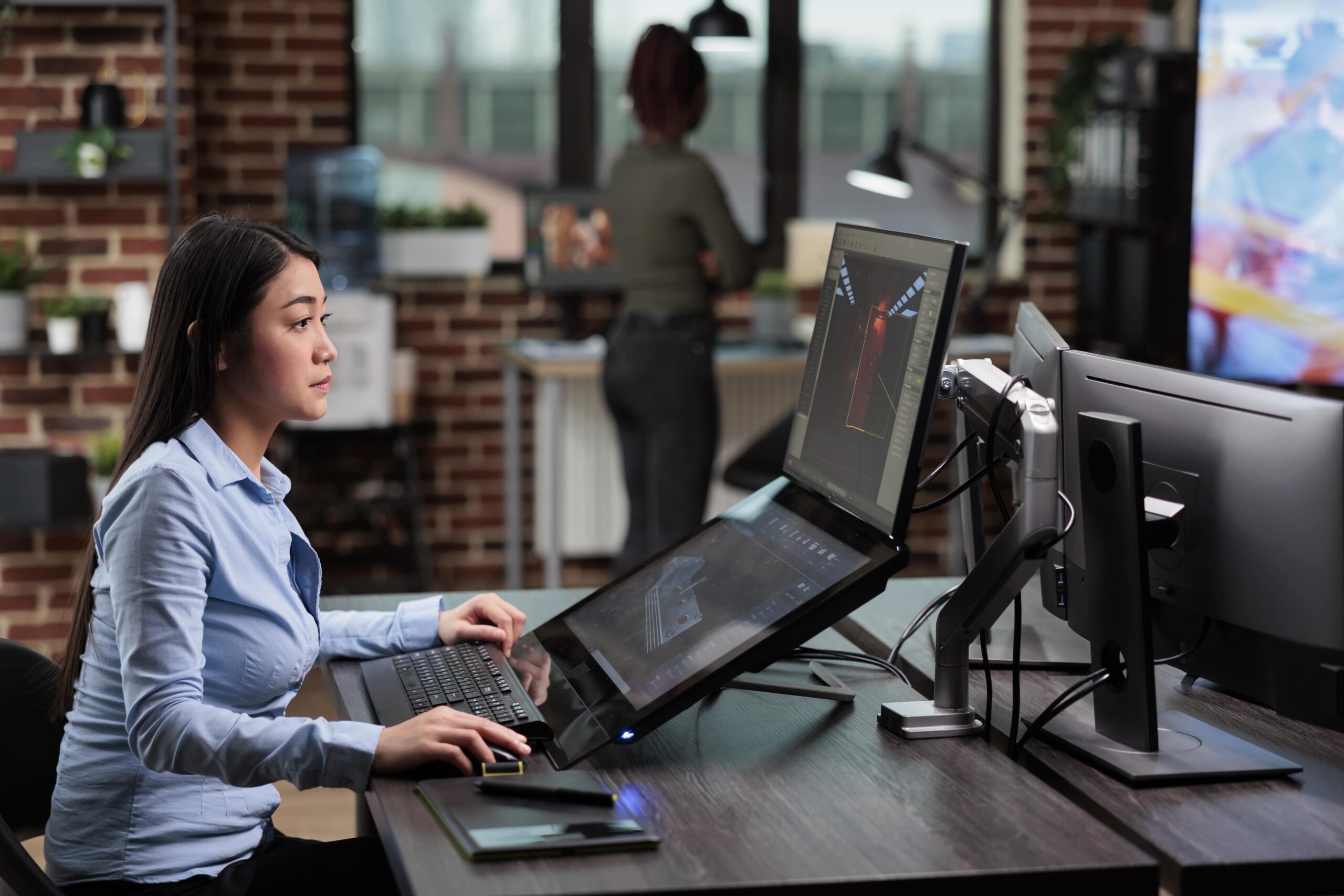The field of scientific visualization has seen immense growth in recent years, with advancements in technology allowing for more complex and detailed representations of scientific data. A key tool that has played a crucial role in this advancement is animation.
By bringing data to life through movement and visual storytelling, animation has the power to make complex scientific concepts more accessible and engaging to a wider audience.
In this article, we explore the various applications of animation in scientific visualization and how it is being used to enhance our understanding of complex scientific phenomena.
Data Representation
One of the primary applications of animation in scientific visualization is in representing complex data sets. Through the use of dynamic visuals and interactive animations, scientists can explore and analyze large volumes of data in a more intuitive and efficient manner.
Animation allows for the visualization of data in ways that static images or graphs cannot, providing a deeper insight into the underlying patterns and relationships within the data.
Simulation and Modeling
Animation is also widely used in scientific simulation and modeling to visualize dynamic processes and systems. By creating realistic animations of scientific phenomena such as weather patterns, fluid dynamics, or molecular interactions, scientists can gain a better understanding of how these systems behave over time.
Animation allows researchers to simulate complex scenarios and visualize the outcomes, helping them make informed decisions and predictions based on the data.
Education and Outreach
Animation plays a crucial role in science education and outreach by making scientific concepts more accessible and engaging to students and the general public. By using animation to illustrate complex scientific theories and principles, educators can simplify abstract concepts and make them easier to understand.
Animated videos and interactive simulations can capture the viewer’s attention and convey information in a visually compelling way, making learning more interactive and enjoyable.
Medical Visualization
In the field of medicine, animation is used to visualize complex biological processes, medical procedures, and anatomical structures. Medical animations help healthcare professionals and patients alike better understand medical conditions, treatment options, and surgical procedures.
By visualizing the inner workings of the human body through animation, medical professionals can improve patient education, surgical planning, and medical research.
Space Exploration
Animation is also widely used in the field of space exploration to visualize astronomical phenomena, planetary systems, and spacecraft missions. By creating realistic animations of celestial bodies and space missions, scientists and space enthusiasts can explore the universe in a virtual environment.
Animation allows us to visualize the vastness of space, the movement of planets and stars, and the complexities of space missions in a way that static images or text descriptions cannot.
Environmental Science
Animation is increasingly being used in environmental science to visualize climate change, ecosystem dynamics, and natural disasters. By creating animated visualizations of environmental data, scientists can track changes in the environment over time and predict future trends.
Animation helps us understand the impact of human activities on the environment and visualize the consequences of climate change, deforestation, and pollution.
Engineering and Design
Animation is a powerful tool in engineering and design for simulating and visualizing complex structures, mechanical systems, and architectural designs. By creating animated models of engineering projects, designers and engineers can test the functionality and performance of their designs before they are built.
Animation allows for virtual prototyping, simulation of dynamic systems, and visualization of complex engineering concepts, helping engineers optimize their designs and identify potential issues early in the design process.
Geospatial Visualization
Animation is used in geospatial visualization to represent geographic data, map projections, and spatial relationships. By animating maps and spatial data, researchers can analyze changes in the landscape over time, track the movement of natural disasters, and visualize spatial patterns and trends.
Animation allows us to explore the world dynamically and interactively, providing insights into geographic phenomena and environmental changes.
Biological Illustration
Animation is widely used in biological illustration to visualize cellular processes, genetic mechanisms, and anatomical structures. By creating animated models of biological systems, scientists can study the inner workings of living organisms and visualize complex biological processes.
Animation helps biologists and researchers communicate their findings in a visual and engaging way, making scientific concepts more accessible to a wider audience.
Forensic Reconstruction
Animation is used in forensic science to reconstruct crime scenes, facial reconstructions, and accident simulations. By creating animated visualizations of forensic evidence, investigators can reconstruct the sequence of events and analyze the dynamics of a crime or accident.
Animation allows forensic experts to present their findings clearly and compellingly, helping to solve crimes, identify suspects, and provide closure to victims and their families.
Key Takeaways:
- Allows scientists to visualize and explore complex data sets dynamically, revealing patterns and relationships that static visuals may miss.
- Through realistic animations, researchers can simulate scientific phenomena like fluid dynamics and weather patterns, improving understanding and decision-making.
- Simplifies abstract scientific theories, making learning more interactive and engaging for students and the general public.
- Clarifies complex biological processes and procedures, enhancing patient education and aiding in surgical planning.
- Brings space missions and celestial phenomena to life, allowing for virtual exploration of the universe.
- Helps track and predict environmental changes, making it easier to understand the impact of climate change and human activities.
- Enables engineers to test and refine designs, allowing for virtual prototyping and early problem detection.
- In mapping and geospatial data visualizations, reveals temporal and spatial trends, aiding in landscape and environmental analysis.
- Depicts cellular and genetic mechanisms, making complex concepts more accessible for both research and public education.
- Recreates crime scenes and accidents, providing a visual representation of events for analysis and legal proceedings.
If you wish to delve deeper into the intriguing world of animation and its scientific applications, consider enrolling in the NYU Animation Industry Essentials online course and certificate program offered by Yellowbrick. This educational journey can enhance your expertise in this fascinating field and unlock new opportunities.




